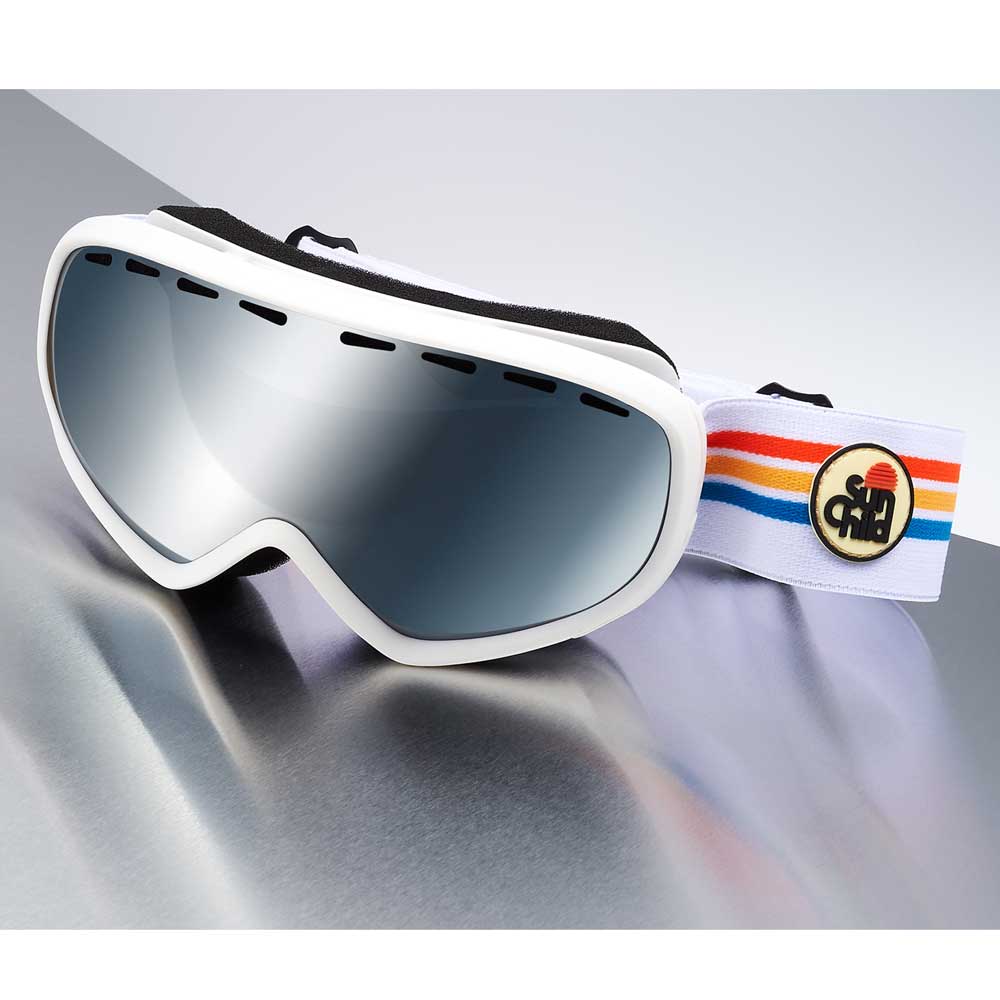Da Vinci Robot and Ophthalmic Surgery
the robot in surgery saw its appearance around the 2000s. Today more than 1700 robots are used in countries outside the European Union , mainly in the United States and only 500 robots are in use in the EU . Robots make it possible to accompany surgeons and provide greater precision to difficult and meticulous interventions, they also make it possible to improve the technical capacities as well as the comfort for surgeons and patients .
The DaVinci Robot

The Da Vinci robot is a machine with a wingspan of 2 meters and weighing 650 kg.
It has 4 main components;
– The console on the surgeon side
– The multi-arm remote manipulator on the patient side
– Surgical instruments
– The high-resolution 3D vision endoscope connected to a digital image analyzer
The Da Vinci robot makes it easier to perform complex procedures with a very high precision , no tremor as well as very great ergonomics of gestures. According to Vice President Da Vinci reduces the risk of infection to almost 0%.
Advantages and disadvantages
The benefits of such a feat of technology are;
– 3D viewing
– The precision of the movements
– The rotation of the instruments
- Comfort
– Halves the hospital stay
The disadvantages are;
– The price of the device
– The extended time of operations
– Cost and duration of robot training
The ultra-sophisticated Da Vinci robot in ophthalmic surgery
Even if yesterday the Da Vinci robot was mainly used for laparoscopic interventions (surgical technique which allows to intervene on the viscera of the abdominal cavity with a minimal opening of the abdominal wall.) since the end of June 2014 it has been used for ophthalmic surgery.
the PR. Tristan Bourcier , an ophthalmologist in Strasbourg, performed a corneal transplant on three patients suffering from chronic ulcers. For him, this type of robot-assisted surgery offers more precision , filters out tremor, reduces range of motion and improves the ergonomics of the gesture .


